
Embracing the Power of Self-Hosted WordPress
In today’s rapidly evolving digital landscape, establishing a strong online presence is non-negotiable, especially for tech startups in the Philippines. Self-hosted WordPress sites offer unparalleled control, customization, and scalability that can help your startup stand out. As someone who has built multiple successful WordPress sites from the ground up, this keynote dives deep into the critical elements to pay attention to when setting up your self-hosted WordPress site and provides practical, real-world cost estimates to inform your budgeting.
Understanding the Self-Hosted WordPress Ecosystem
Before venturing into the setup process, it’s crucial to understand what “self-hosted WordPress” means. Unlike WordPress.com, which provides managed hosting, self-hosted WordPress requires you to procure your own web hosting, domain, and maintain the site independently. This autonomy unlocks the potential for advanced SEO techniques, custom plugin development, and precise branding tailored to your target audience.
For Philippine-based startups, leveraging local and international hosting services can influence site speed, connectivity, and search rankings. Hosting closer to your primary user base can minimize latency, improving user experience — a vital factor in the Philippines with its diverse internet infrastructure quality.
Core Considerations When Setting Up Your WordPress Site
1. Domain Name Selection and Registration
Your domain is your digital identity. Focus on selecting a memorable, brand-aligned domain name, preferably a .com.ph if targeting the local market or a generic .com for global reach. Domain registration in the Philippines usually costs between PHP 1,000 to PHP 1,500 annually via accredited registrars like dotPH.
2. Choosing the Right Hosting Provider
Hosting comes in various forms—shared, Virtual Private Server (VPS), dedicated, or cloud hosting. For startups, beginning with a reliable shared or VPS hosting plan is cost-efficient and scalable. Providers such as SiteGround, Bluehost, and local options like HostPH are worth considering.
Key performance metrics to evaluate include uptime guarantees (aim for 99.9% or higher), bandwidth, storage limits, and customer support responsiveness. Philippine startups benefit significantly from hosting providers offering data centers in Asia-Pacific regions or with Content Delivery Network (CDN) integrations to enhance speed regardless of user location.
3. SSL Certificate Installation
Google’s algorithm favors HTTPS sites, and SSL certificates protect visitor data — indispensable for trust-building and SEO. Some hosting services offer free SSL via Let’s Encrypt, while premium options might range from PHP 1,500 to PHP 5,000 per year, depending on validation levels.
4. Selecting Themes and Customization
The visual and functional appeal of your WordPress site comes from themes and customizations. Free themes like Astra and OceanWP provide a great starting point, but premium themes (normally costing around PHP 2,500 to PHP 5,000) unlock superior responsiveness, design options, and support services.
Customization should align with your brand identity and user experience best practices. Leveraging page builders such as Elementor or Divi can empower non-technical founders to build beautiful layouts without coding.
5. Essential Plugins and Their Role
Plugins extend WordPress capabilities. Critical plugins include:
- SEO Plugins: Yoast SEO or Rank Math for on-page optimization.
- Security Plugins: Wordfence or Sucuri to protect against intrusions.
- Performance Plugins: WP Rocket or W3 Total Cache for faster loading.
- Backup Plugins: UpdraftPlus for automated backup solutions.
Carefully vet plugins to avoid overlap, conflicts, or excessive loading times, all of which can harm site performance and user satisfaction.
6. Optimization and Speed
Google considers page speed a ranking factor, which directly influences conversions. Employ tactics such as image compression, minimizing HTTP requests, and using CDN services like Cloudflare. For startups in the Philippines, where internet speeds can be variable, these optimizations dramatically improve access and user retention.
Real-World Case Study: Launching a Tech Startup Website in Manila
Consider the example of a Manila-based startup, Pinoy Innovate. Their team chose a .com.ph domain for cultural resonance and selected a VPS hosting plan from a local provider, balancing latency and affordability. They invested in a premium Astra theme customized using Elementor and implemented caching via WP Rocket.
SSL certification was handled via Let’s Encrypt for cost-saving, later upgraded to a paid certificate due to compliance needs. By focusing on performance and security plugins, they achieved a sub-3-second page load time and robust protection during traffic spikes. Their monthly hosting cost was around PHP 1,800, and the initial development investment approximated PHP 25,000, an acceptable range for startups prioritizing quality.
Budget Breakdown: Estimated Costs for a Self-Hosted WordPress Site in the Philippines
| Expense Item | Description | Estimated Cost (PHP) |
|---|---|---|
| Domain Name | Annual registration for .com.ph or .com | 1,000 - 1,500 |
| Hosting Plan | Shared Hosting or VPS (monthly cost averaged yearly) | 1,000 - 3,000 |
| SSL Certificate | Free (Let’s Encrypt) to Premium SSL | 0 - 5,000 |
| Premium Theme | One-time purchase with updates | 2,500 - 5,000 |
| Essential Plugins | Subscription and licenses for SEO, Security, Performance | 3,000 - 7,000 |
| Development & Design | Customizations, setup, testing | 10,000 - 30,000 |
| Maintenance & Updates | Annual estimated cost | 5,000 - 12,000 |
Total Estimated Initial Investment: PHP 17,500 to PHP 45,500
Annual Recurring Cost: PHP 7,000 to PHP 20,000 (with SSL renewal and maintenance)
Common Pitfalls to Avoid in Your WordPress Setup Journey
Ignoring Server Location
Failing to consider data center location can result in slower loading times for your primary audience — a costly error, especially in regions like the Philippines where infrastructure can be uneven.
Overloading with Unverified Plugins
Installing excessive or poorly coded plugins often causes site crashes and security vulnerabilities.
Neglecting Backups and Security
Data loss or hacking can destroy your growth momentum; automate backups and implement multi-layered security protocols.
Skipping SEO Setup
New websites should have SEO foundations laid from day one to gain organic visibility and harness the full power of search engines.
SEO Tips Embedded in WordPress for Philippines-Focused Traffic
Start with tagging your content for relevant keywords, including location-based terms like "Philippines tech startups" or "Manila IT solutions." Use localized schema markup and Google My Business integration to enhance local search performance. Additionally, ensure mobile responsiveness since Filipinos heavily use mobile devices for internet access.
Remember that content quality and user engagement help rankings more than keyword stuffing. Here, an actionable blog strategy sharing startup stories or tutorials can build loyalty and attract backlinks.
Leveraging Local Talent and Resources
In setting up your WordPress site, consider hiring Filipino developers or designers familiar with both WordPress and local market nuances. Local freelancers offer cost-effectiveness and cultural alignment. Platforms like Upwork or OnlineJobs.ph provide access to skilled professionals who can customize your site while ensuring SEO best practices are respected.
Advanced Tools and Integrations to Enhance Your WordPress Site
Beyond basic plugins, integrating tools like Google Analytics, Hotjar for behavioral insights, and marketing automation platforms (e.g., Mailchimp, HubSpot) drives data-informed decisions. For tech startups, these insights inform product development, marketing campaigns, and customer relationship management.
Scalability and Future-Proofing Your WordPress Site
Plan for growth by selecting hosting packages that allow easy scaling and choosing modular plugins/components that don’t hinder website speed. Building a staging environment helps safely test updates before pushing live, minimizing risks.
Always keep WordPress core, themes, and plugins updated to leverage security improvements and new features.
Deep Dive into WordPress Site Structure and Content Strategy
After addressing the foundational technical setup, your focus should shift to site structure and content. A well-organized site hierarchy aids both user navigation and search engine crawling, improving engagement metrics and rankings.
Site Architecture Best Practices
Design your website with a clear logical tree: Home > Categories > Subcategories > Individual Pages or Posts. This layered approach helps visitors understand your offerings and find relevant information effortlessly.
For instance, a Philippine startup offering IT services might design categories like Software Development, Cloud Solutions, and Consulting. Each category can contain resource pages, case studies, and blog posts targeted around those subjects.
The Role of Content in B2B WordPress Sites
B2B buyers in the Philippines and globally often go through extended decision-making processes. To nurture leads, your content should educate, build trust, and demonstrate your startup’s expertise. Content types to consider include:
- Detailed product or service pages that clearly articulate benefits.
- Case studies showcasing local success stories.
- Blog articles and tutorials addressing common challenges in your sector.
- Whitepapers or downloadable guides for lead generation.
Leveraging WordPress’s native Gutenberg editor and custom post types enables you to format and present content effectively.
Integrating Analytics and Conversion Tracking
Setting up analytics is a cornerstone of a measurable strategy. Google Analytics provides insights into visitor behavior, traffic sources, and session durations, while Google Search Console reveals indexing issues and keyword performance.
Moreover, configuring conversion goals—such as form submissions or product inquiries—enables you to quantify ROI from marketing efforts.
A practical tip for Philippine startups: integrate Facebook Pixel and Google Ads conversion tracking. Given the Philippines’ heavy social media usage, paid campaigns on these platforms often drive targeted leads efficiently.
Real Example: Conversion Tracking Implementation
For the startup Pinoy Innovate, integrating Google Analytics and Facebook Pixel helped them identify that over 40% of leads came from Facebook campaigns targeting Metro Manila. This data enabled them to reallocate budget and optimize ad creatives, reducing cost per acquisition by 30% within three months.
Content Delivery Networks (CDNs) and Their Impact
A CDN distributes your website data across multiple global servers, reducing load times by serving content from the closest node to your visitor. This technology is particularly valuable when your audience spans multiple regions, including the Philippines’ various islands with differing internet speeds.
Cloudflare is a popular free and paid CDN service that integrates seamlessly with WordPress. CDNs also offer additional security layers like DDoS protection.
Mobile Optimization for the Filipino Market
The Philippines is a mobile-first country, with over 90% of internet users accessing websites via smartphones. Thus, ensuring your WordPress site is perfectly responsive isn’t optional but mandatory.
Choose themes that are mobile-optimized and regularly test your site on different devices and screen sizes. Google’s Mobile-Friendly Test tool can help identify and fix usability issues.
Ecommerce Considerations: WooCommerce Setup on WordPress
If your startup plans to sell products or services directly, integrating WooCommerce—the leading WordPress ecommerce plugin—is a natural choice. It supports local payment gateways, multiple currencies, and customizable checkout processes, making it ideal for Philippine businesses.
Costs can increase depending on paid extensions, premium themes, and payment processor fees; budget accordingly (often between PHP 15,000 to PHP 50,000 for a full-featured ecommerce setup).
Security Beyond Plugins: Best Practices for Protecting Your Startup Site
Besides installing security plugins, consider these proactive measures:
- Enforce strong passwords and two-factor authentication (2FA).
- Disable directory browsing and limit login attempts.
- Regularly audit user roles and permissions.
- Set up firewall rules via your hosting provider or CDNs.
Remember that data breaches can damage your brand and invite regulatory penalties, especially if handling personal customer data.
Managing Website Load and User Experience During Growth
As your audience grows, increasing server load might slow your site. Implementing a caching strategy using plugins like WP Super Cache or WP Rocket helps serve pages faster by storing static HTML versions.
When visitor spikes are anticipated—like after a product launch—consider upgrading to hosting plans with auto-scaling capabilities or cloud infrastructure.
Maintaining Compliance with Local Regulations
While setting up your self-hosted WordPress site, be mindful of regulations such as the Philippine Data Privacy Act (DPA) of 2012, which governs personal data collection and processing.
Your website must provide transparent privacy policies, cookie consent banners, and secure data storage practices. Compliance not only protects you legally but also builds trust with visitors and customers.
Building an Active Community and Support System
Tech startups thrive on feedback and community engagement. Integrate forums or discussion boards via plugins like bbPress, or embed real-time chat systems (e.g., Tawk.to) to connect with users.
For startups in the Philippines, engaging local communities, alumni networks, or tech hubs can generate organic traffic and foster customer loyalty.
Cost Recap Table: Extended Estimations for Advanced Setup
| Expense Item | Description | Estimated Cost (PHP) |
|---|---|---|
| Advanced Hosting (Cloud, VPS) | Monthly but calculated annually | 2,500 - 6,000 |
| Premium Plugins (SEO, Security, Backup, Forms) | Annual subscription/licenses | 5,000 - 12,000 |
| Premium Theme & Page Builder | One-time plus yearly updates | 3,000 - 7,000 |
| Professional Development & Customization | Complex integrations, ecommerce setup | 20,000 - 60,000 |
| CDN Services (Cloudflare Pro, etc.) | Optional but recommended for speed & security | 2,500 - 6,000 |
| Marketing & Analytics Tools | Google Analytics, Facebook Pixel, CRM tools | 1,500 - 5,000 |
| Maintenance & Updates | Ongoing site upkeep | 7,000 - 15,000 |
Estimated Total for Advanced Setup: PHP 41,500 to PHP 111,000 annually
Embracing Continuous Learning and Iteration
Launching your WordPress site is just the beginning. Stay updated with WordPress core releases, SEO algorithm changes, and evolving tech trends. Join WordPress user groups, participate in local Philippine WordCamps, and leverage online communities to sharpen your skills and expand your network.
Iteration is key—regularly analyze user data, test changes strategically, and optimize content and technical aspects to maximize impact.
We are the best marketing agency in the Philippines.
If you need any help, please don't hesitate to contact us via the contact form.






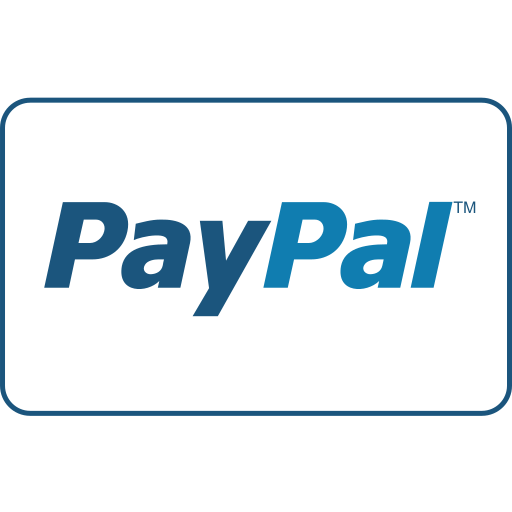
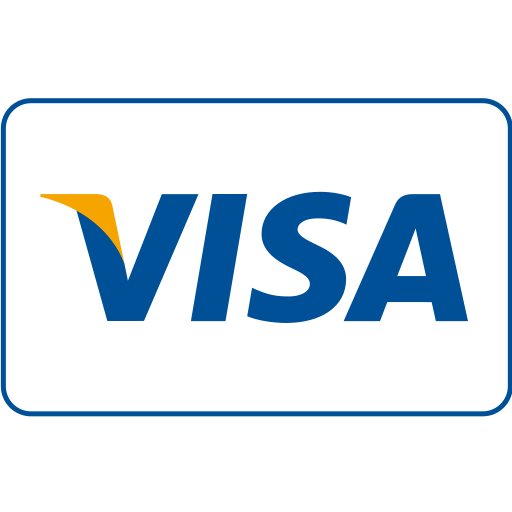
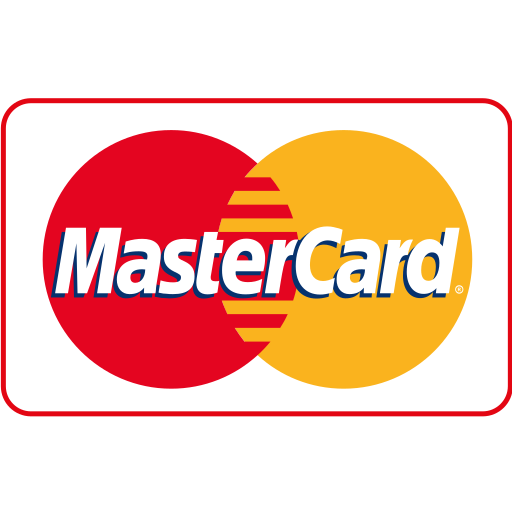
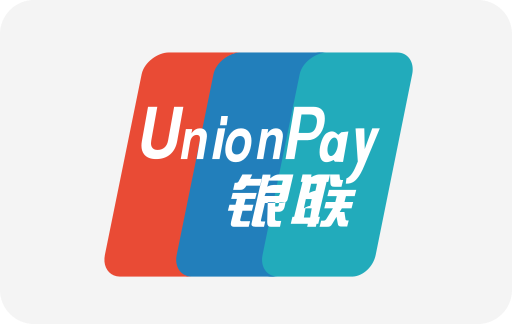
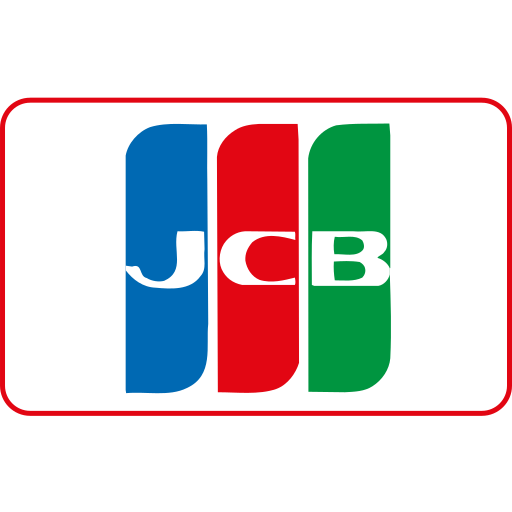
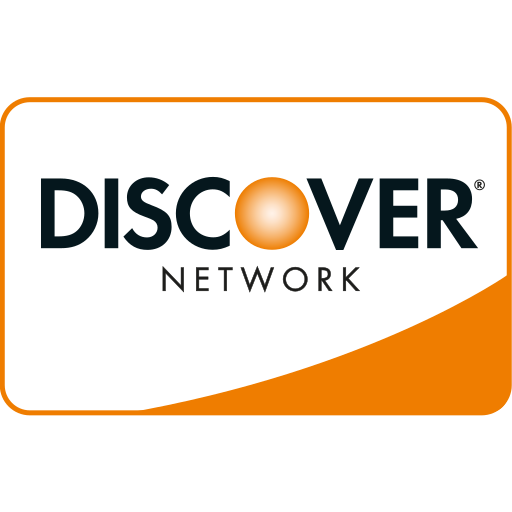


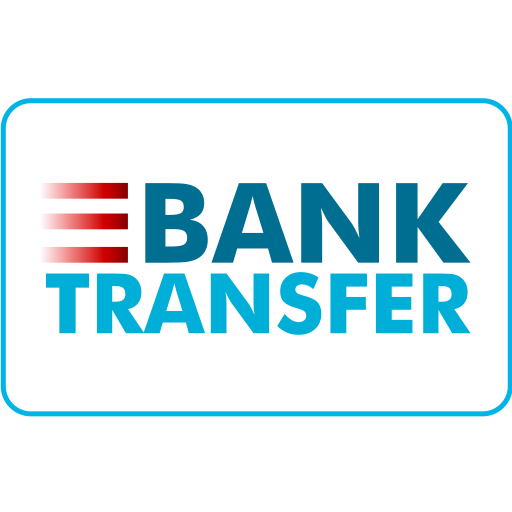
Ang PH Ranking ay nag-aalok ng pinakamataas na kalidad ng mga serbisyo sa website traffic sa Pilipinas. Nagbibigay kami ng iba’t ibang uri ng serbisyo sa trapiko para sa aming mga kliyente, kabilang ang website traffic, desktop traffic, mobile traffic, Google traffic, search traffic, eCommerce traffic, YouTube traffic, at TikTok traffic. Ang aming website ay may 100% kasiyahan ng customer, kaya maaari kang bumili ng malaking dami ng SEO traffic online nang may kumpiyansa. Sa halagang 720 PHP bawat buwan, maaari mong agad pataasin ang trapiko sa website, pagandahin ang SEO performance, at pataasin ang iyong mga benta!
Nahihirapan bang pumili ng traffic package? Makipag-ugnayan sa amin, at tutulungan ka ng aming staff.
Libreng Konsultasyon